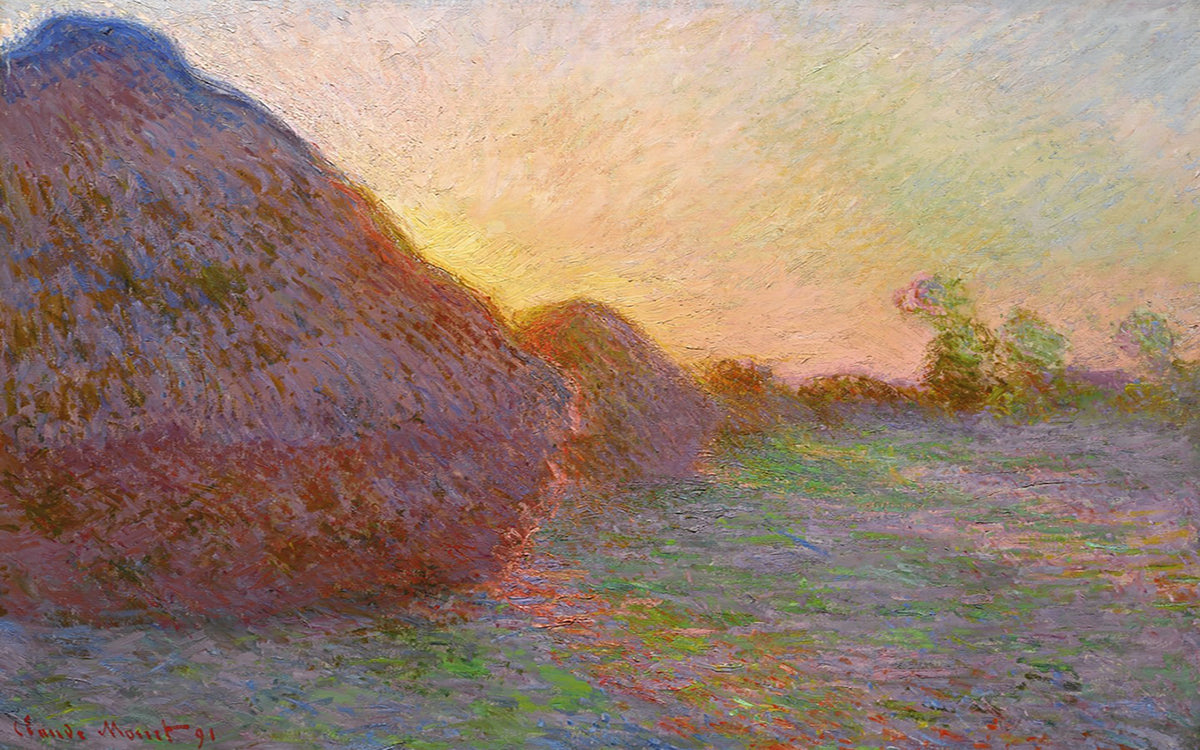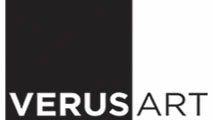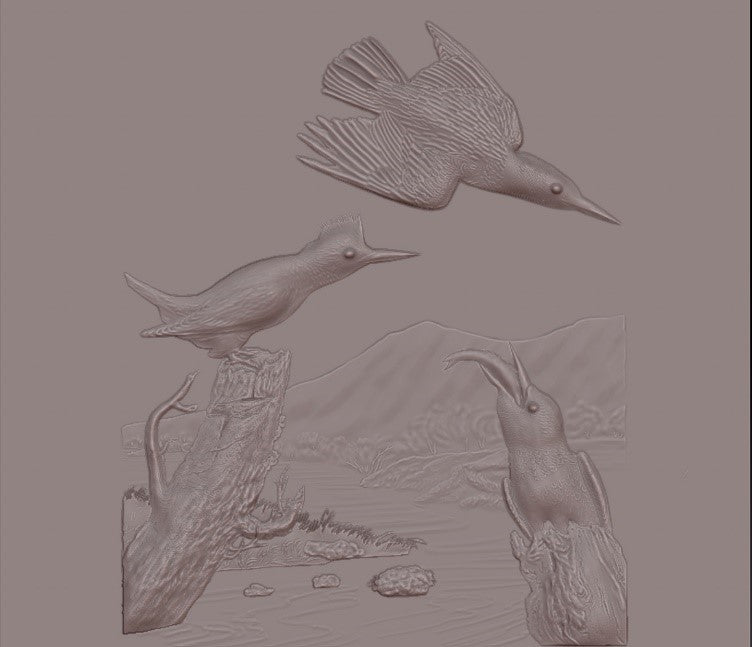
Elevating the Arts: Arius Helps the Audubon Society Provide an Art Experience for Everyone
Last year, Arius had the pleasure of working with The National Audubon Society, one of the first not-for-profit organizations in the United States dedicated to the conservation of wildlife. The National Audubon Society came to us seeking a solution to help visually impaired visitors find their new exhibition engaging and stimulating, without the need to see their world-famous prints.
With a commitment to making art more accessible, the Arius team felt honored and excited to collaborate with an organization so grounded in their values of providing the most inclusive experience for all their members.
“Audubon welcomes everyone who finds delight in birds and nature. As part of Audubon’s commitment to equity, diversity, and inclusion, we have transitioned from using the term “citizen science” to the more inclusive term “community science.” (Audubon Society, n.d.).
Our on-site art production team took the lead on this project, studying every nook and cranny of the prints before bringing them into the third dimension. Using the skills and technology Arius has developed to reproduce masterpieces by some of the world’s most loved artists, our team created touchable, elevated prints of Audubon’s beautiful birds.
Creating an Immersive, Inclusive and Engaging Experience
On June 5th, The National Audubon Society opened the new John James Audubon Center for Art and Conservation at the Mill Grove estate in Audubon, Pennsylvania. From the very start of the project, the Center has been determined to ensure that anyone coming through their doors will be able to experience and navigate every aspect of what the museum has to offer.
The Drawn From Nature gallery displays original prints that were created by the Ornithologist himself. Audubon chose watercolor and pastels as his medium to capture birds on paper. The prints are flat by nature, therefore were originally intended to be as much for scientific documentation as for visual enjoyment. The Center wanted to create an exhibition that offers multi-sensory experiences, allowing visually impaired individuals to enjoy the works, and their stories. A tactile experience like this allows visitors to touch the details of the elevated prints and helps them imagine a what John Audubon captured in his prints, from the large tail feathers to minute details that he painted in the crests of his birds.

Image Credit: The John James Audubon Center Website
Origins behind the prints
John James Audubon’s book, The Birds of America, is considered one of the finest ornithological works ever completed. His collection of 453 prints are life-size water colours of North American birds. Since Audubon always painted birds in action at the scene, this intended visual experience is enhanced through the elevated print, allowing the visually impaired to also feel the action. In a landmark project, our art production team had the honour of bringing three prints into a new dimension, each with a special story.
Pewit Flycatcher
The significance behind the Pewit Flycatcher print is grounded in scientific use. The process of bird banding involves attaching a small metal or plastic band to a bird’s leg, which is used to identify individual birds. The banding process helps Ornithologists gather data on sightings of birds, migration routes, lifespan and general behaviours. Audubon was one of the first Ornithologist’s in North America to have conducted banding experiments in Mill Groves, Pennsylvania – the home of the John James Audubon Center. He had banded several of these young Pewit Flycatchers in a nearby nesting site. The next year, at that very same site, he discovered that these banded birds had returned to the same nesting site.

The Belted Kingfisher
The Belted Kingfisher holds a more physical significance. Not only was John James Audubon a gifted artist, he was also an accomplished taxidermist. This print depicts the scene of a taxidermy piece of the Kingfisher that is on display in the museum. You know a Kingfisher is nearby due to their reverberating and metallic call as they fly over rivers and lakes. The bird is seen in the marine environment nearby, plunging headfirst into the water to feed on a fish.

The Great Blue Heron
Like the Kingfisher and the Pewit Flycatcher, the Heron is also a regular visitor in Roaring Creek, which runs through the Mill Grove estate. With its real-life presence, it seems fitting that the Center will feature this majestic bird with a mural of Audubon’s print behind our 3D rendition.
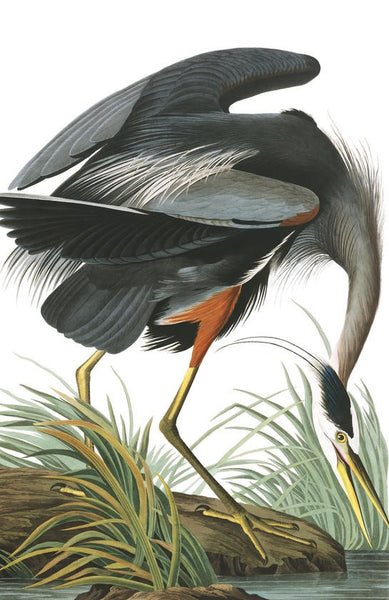
The Process of Elevating Art
Arius’ Art Production team first began studying the elements of the prints, the colours, the fine details within the bodies of the birds such as the beaks, the feathers, the eyes, the crests, and even the surrounding foliage and scenery. It was paramount that no details went unnoticed because the whole premise of the elevation process was to capture all of John Audubon’s intentions so his works could provide a new multi-sensory experience for all visitors of the John James Audubon Center for Art and Conservation.
With the original prints being 2D, each image had to undergo a 3D sculpting process in order to elevate them. Our art production team imported the 2D image into 3D software and used an innovative tool to transform elements of the print through great inspection of the details within the birds and their settings. By meticulously sculpting the details from the flat prints, our team were otherwise manipulating the prints like “digital clay”, as if they were getting their hands on the physical prints. This sculpting process allowed Arius to create the detailed features that were inspired by John James Audubon and can be seen in the elevated prints; from the feathers of each bird to the scales on the fish held in the Kingfisher’s beak.
In these 3D render files, Audubon’s prints have been separated from a colour layer to demonstrate the digitally created elevation, which can be seen in forms of “peaks and valleys.” The valleys indicate the darker areas with steeper elevation because of the shadows. The peaks indicate the lighter areas of the prints where the elevation is less subtle and more rounded.
The Final Results
The final result is a touchable, elevated print of Audubon's bird that anyone can experience! Here is the final print of the Pewit Flycatchers after the elevation process!


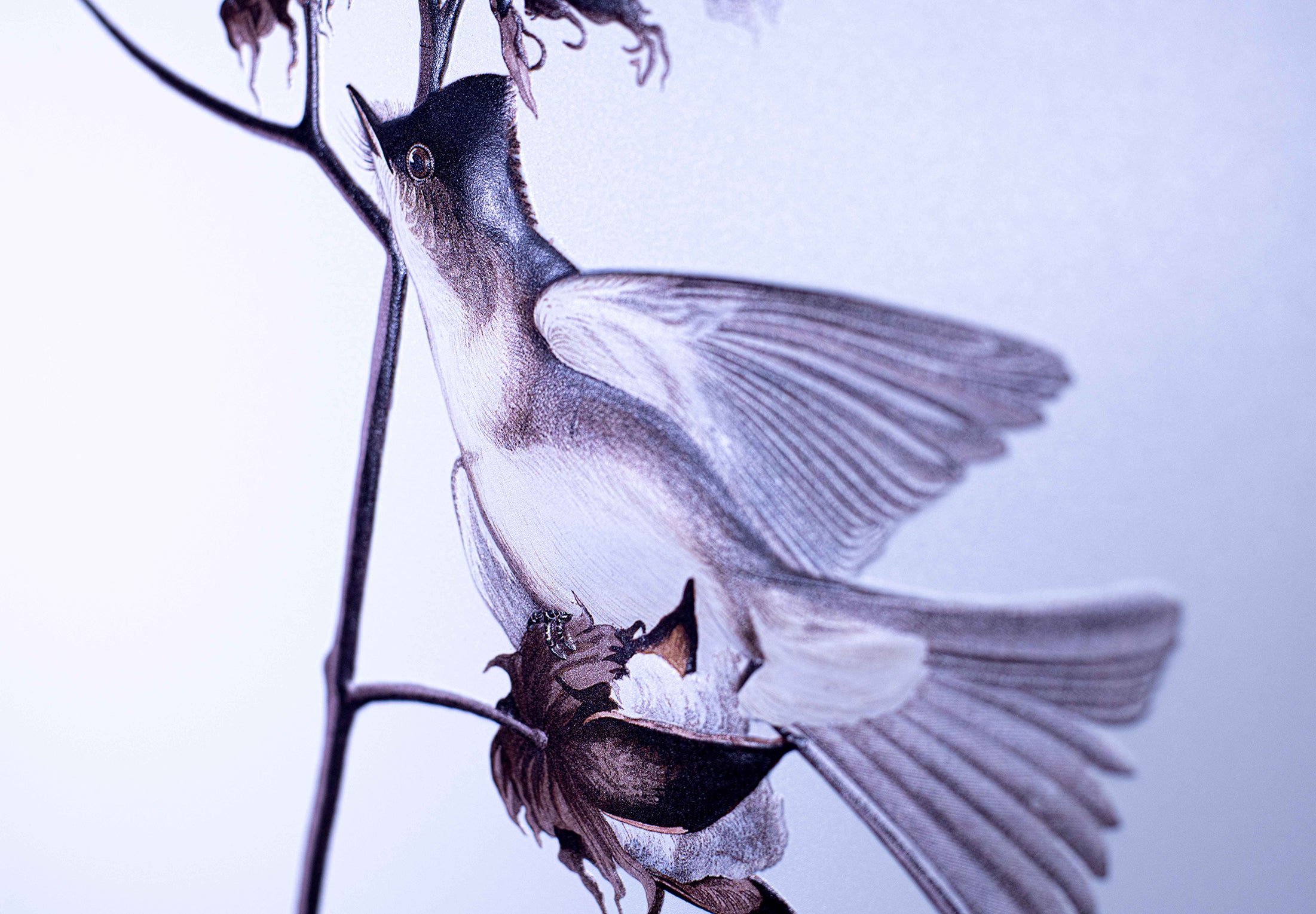

Setting New Standards for Museum Experiences
The reality of living with any sort of impairment can make day-to-day life challenging and when visiting a museum, the likelihood of coming across multi-sensory exhibition is still a rarity. The John James Audubon Center is on the leading edge of providing an immersive experience for all visitors. With the bold vision of The Center and efforts of Arius’ Art Production team, an accessible art experience is now available for those who are visually impaired, as well as providing a much more hands-on art experience for everyone.
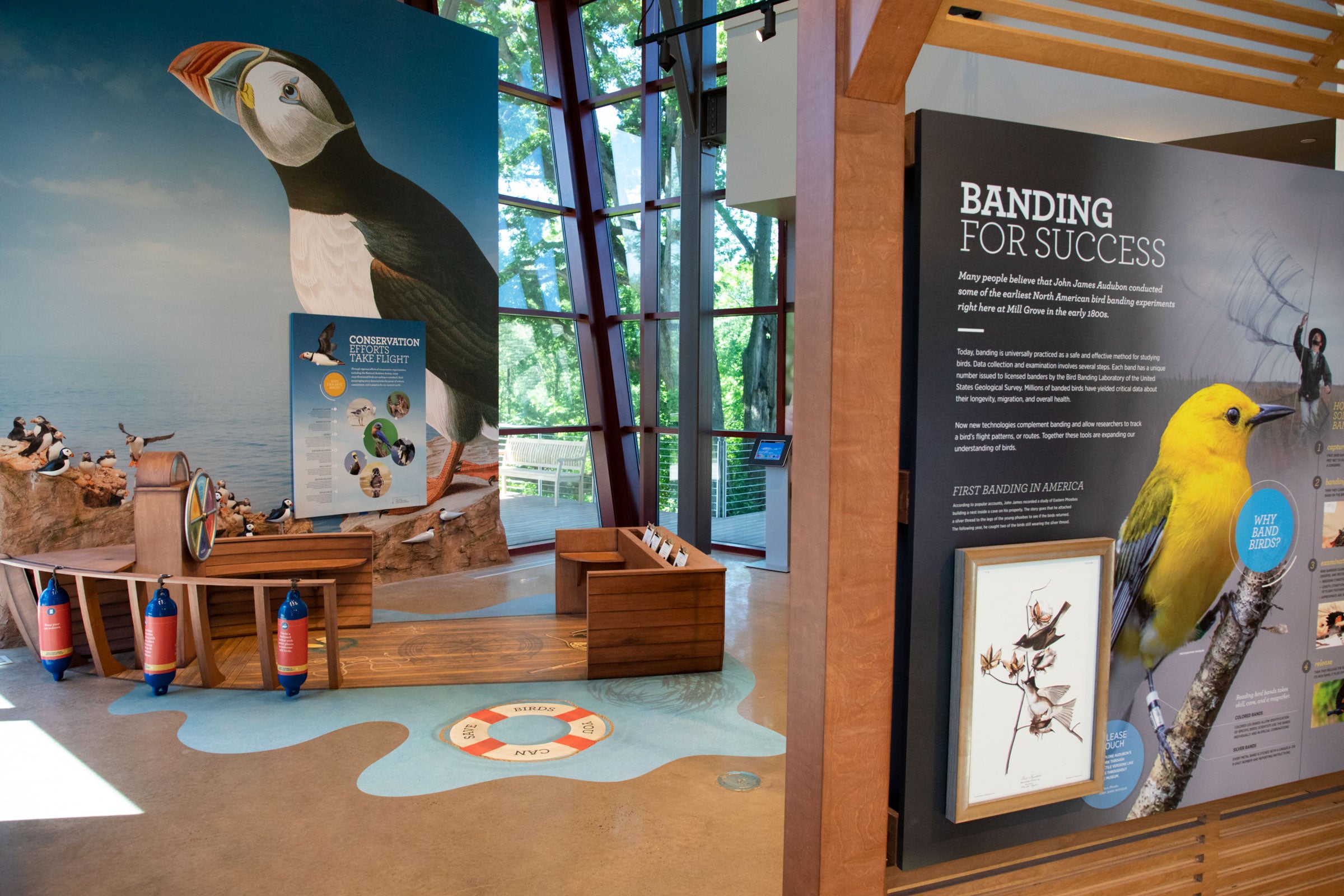

Image Credit: John James Audubon Center at Mill Grove on Faceboook
Arius has and always will, take on the venture to provide inclusivity in the arts. In addition to providing a multi-sensory arts experience for the new John James Audubon Center for Art and Conservation, our Art Connection Community Outreach Program has enabled us to visit local schools with the focus on bringing masterpieces into classrooms, where the children are free to touch the works of iconic artists.
To get a hands-on experience of these prints in person, make sure to pay a visit to the John James Audubon Center for Art and Conservation at 1201 Pawlings Rd, Audubon, Pennsylvania! Make sure visit the John James Audubon Center website for information regarding the new John James Audubon Center for Art and Conservation!
Leave a comment
Comments will be approved before showing up.
Also in News

Turning Back Time on Turner - An Arius Technology Digital Restoration Prototype

The Art of Insuring Art: A Practical Guide for Insuring Your Art Collection
